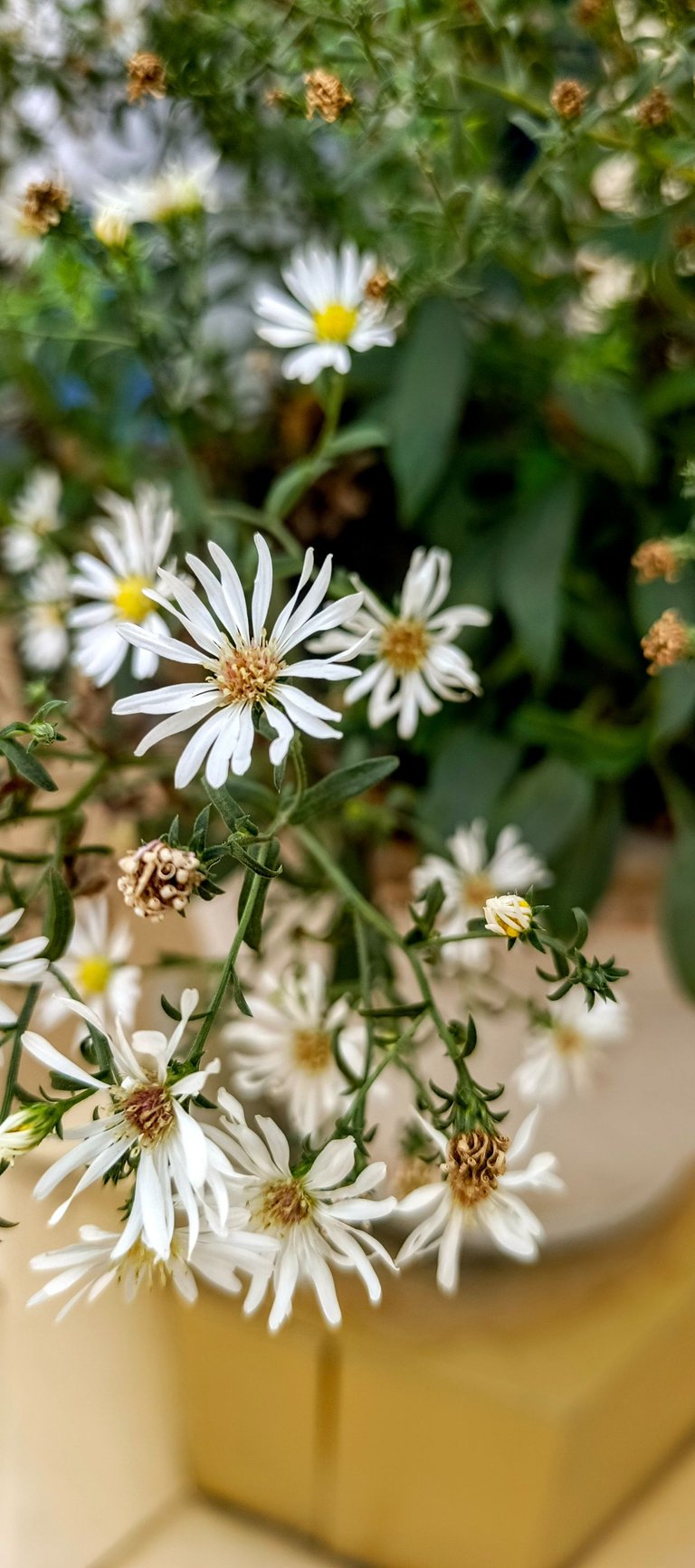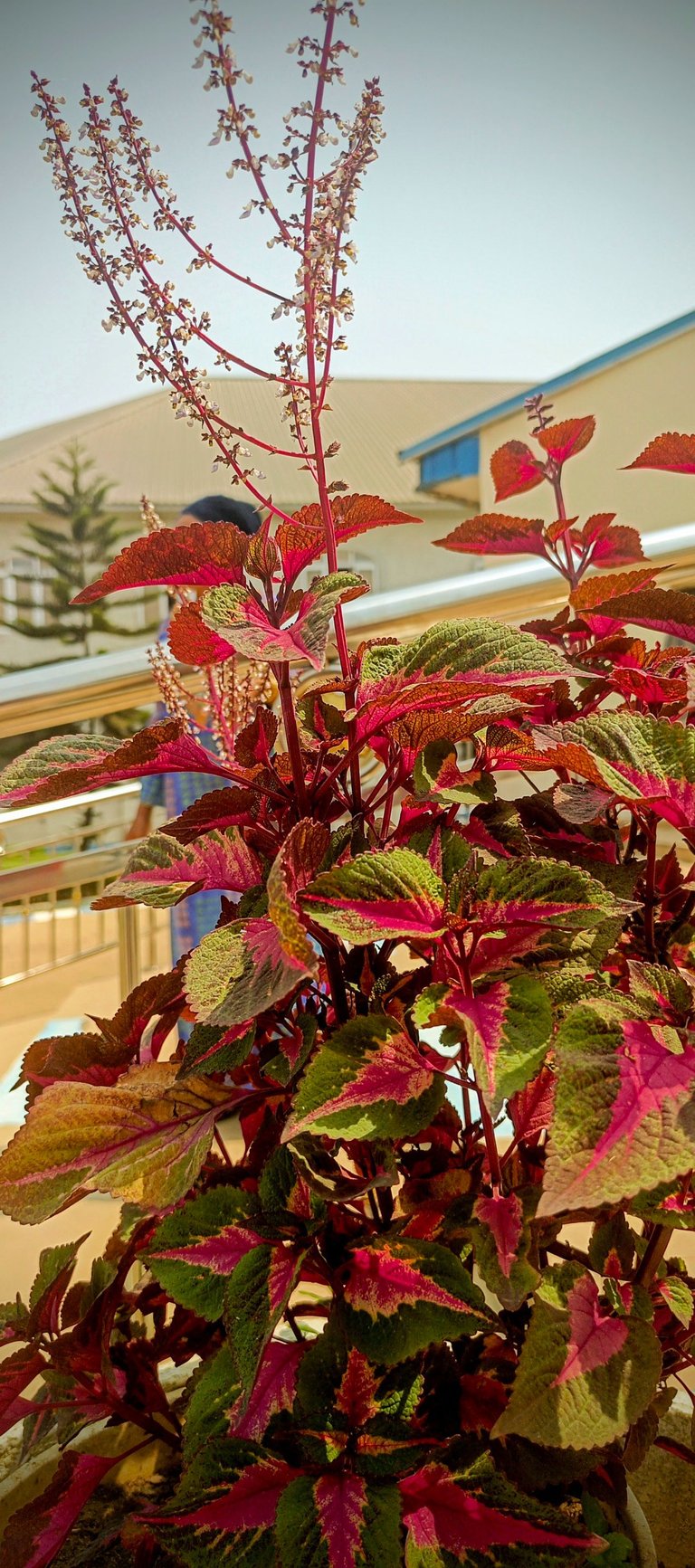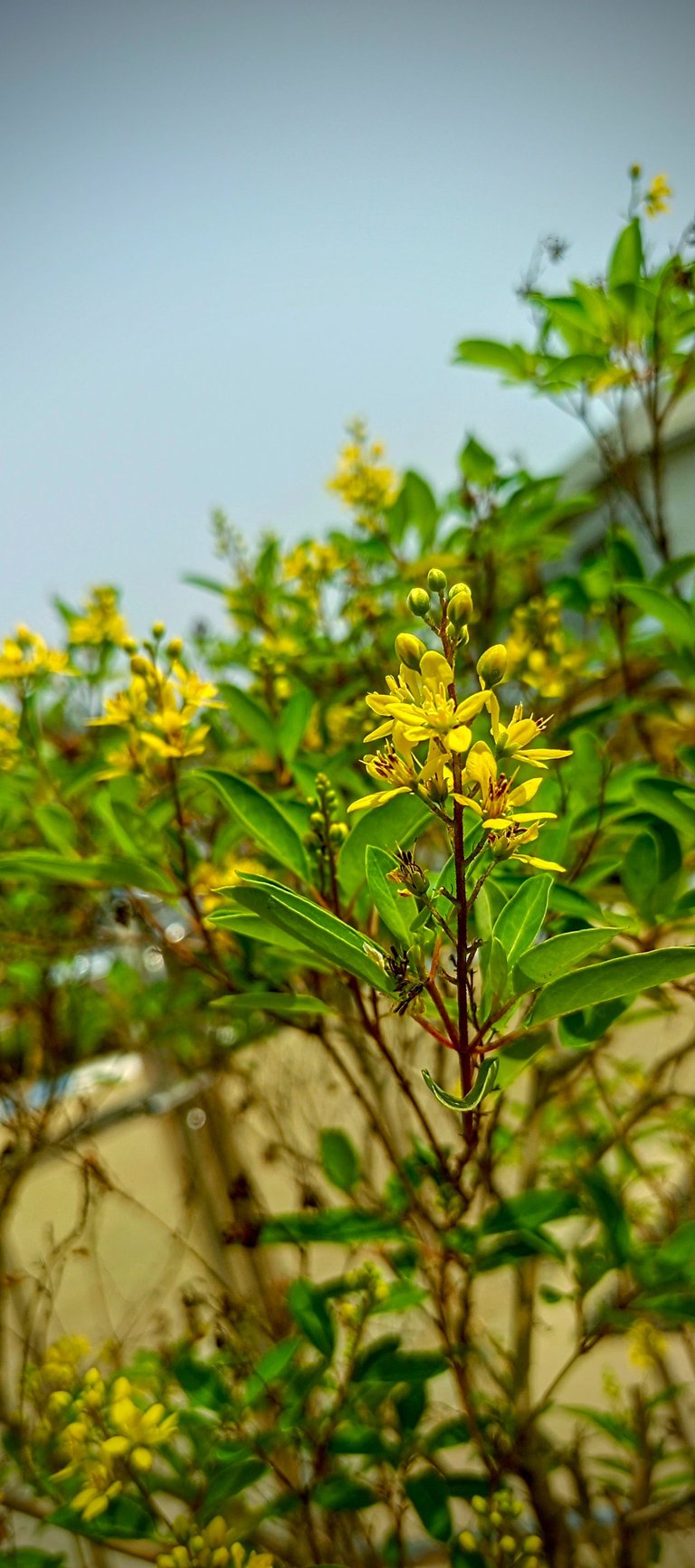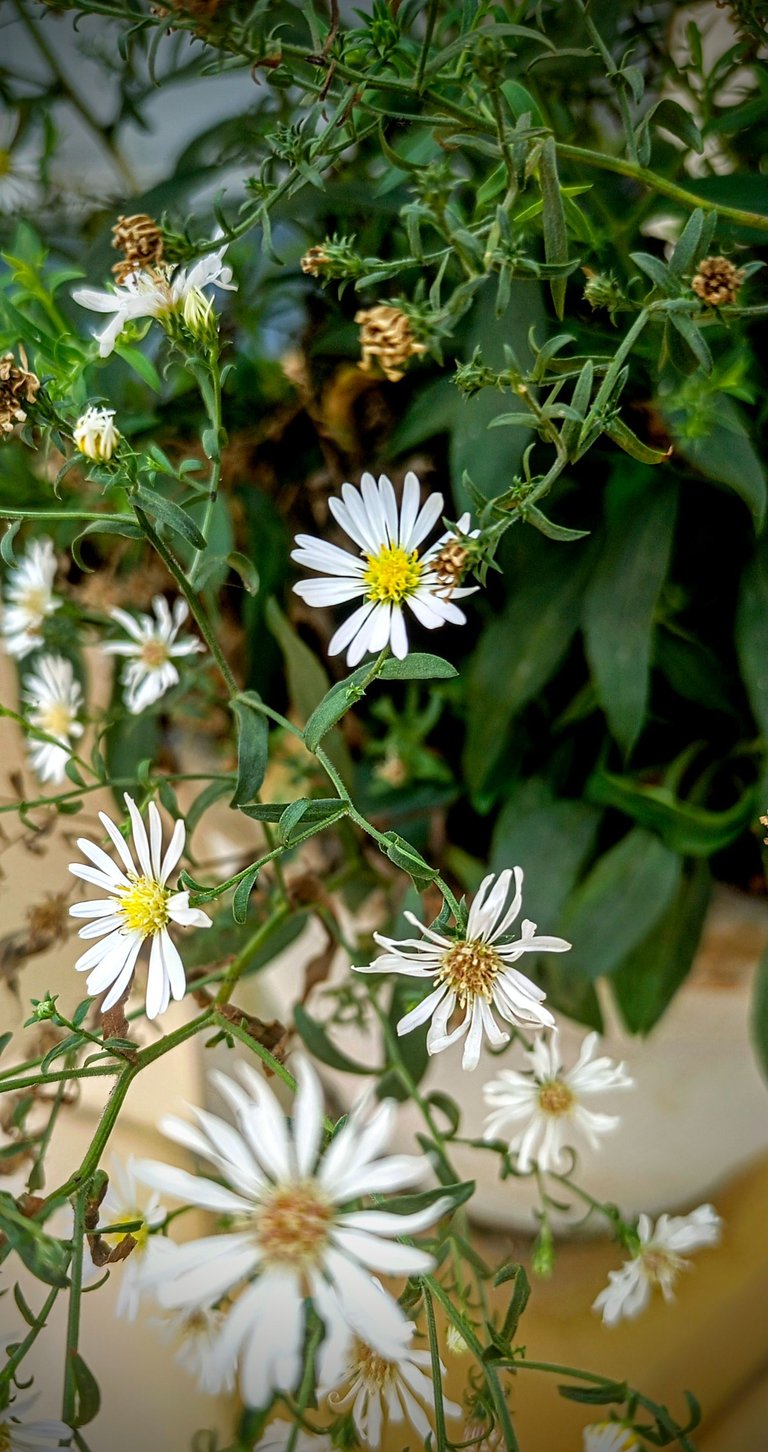I love taking photographs of both significant and seemingly insignificant things because of how technical yet fun it can be to do so. My attention was drawn to the fact that my photographs are not always very conventional when a friend went through my gallery and for the better part of the scroll she kept asking “why did you capture this and why did you capture that?”. I know I have really weird looking things in my image gallery but 'weird’ can become normal sometimes, it all depends on a person’s perspective.

Talking of perspectives, I recently began paying more attention to my angles while taking images. There are a number of things that should be taken into consideration while capturing images; exposure, symmetry, focus, shutter speed and angle amongst other things.
The angle of an image plays a major role as to how the image will turn out and this I have experimented for myself. My three favourite angles to use while taking pictures are the: bird’s eye view, Dutch angle and the low angle.

For the bird’s eye view, I photograph directly above the subject, ensuring I'm in close proximity to the subject being captured. It gets challenging when the subject is taller than me; which is a frequent case. In such cases, I either improvise or choose to capture from another angle. The bird's view technique creates a form of intimacy with the subject in focus and if done right, the images usually come out aesthetically pleasing.

The Dutch view is used when my aim is to create a sense of disorientation. I use this technique when trying to capture still life images whilst trying to create a unique concept. I do not use this technique frequently but whenever I do, I'm always pleased with the result.

My next favourite technique is the low angle technique. This technique is used whenever a subject is being captured outside or in the presence of the clouds. I love how pictures taken using this technique focus on the main subject but still have appealing clouds in the background. I have captured quite a number of images using this technique and I believe one can never go wrong with it; especially if you love the clouds.
The images shared in this post have visual representation of one or two of the techniques mentioned, which have you observed? Also, I'd love to know which photography technique is your favourite.
Images belong to me.
LIEBE🤍

DEUTSCH
Ich liebe es, sowohl bedeutsame als auch scheinbar unbedeutende Dinge zu fotografieren, weil es so technisch ist und dennoch Spaß macht. Ich wurde auf die Tatsache aufmerksam, dass meine Fotos nicht immer sehr konventionell sind, als eine Freundin durch meine Galerie ging und den größten Teil der Bildrolle mit der Frage verbrachte: "Warum hast du dies und das fotografiert?" Ich weiß, dass ich wirklich seltsam aussehende Dinge in meiner Bildergalerie habe, aber "seltsam" kann manchmal normal sein, es hängt alles von der Perspektive einer Person ab.

Apropos Perspektive: Vor kurzem habe ich angefangen, beim Fotografieren mehr auf meine Blickwinkel zu achten. Es gibt eine Reihe von Dingen, die bei der Aufnahme von Bildern berücksichtigt werden sollten: Belichtung, Symmetrie, Schärfe, Verschlusszeit und Winkel und vieles mehr.
Der Blickwinkel eines Bildes spielt eine wichtige Rolle für das Ergebnis, und ich habe damit selbst experimentiert. Meine drei bevorzugten Aufnahmewinkel sind: die Vogelperspektive, der niederländische Winkel und der niedrige Winkel.

Bei der Vogelperspektive fotografiere ich direkt über dem Motiv und sorge dafür, dass ich mich in unmittelbarer Nähe des aufgenommenen Objekts befinde. Schwierig wird es, wenn das Motiv größer ist als ich, was häufig der Fall ist. In solchen Fällen muss ich entweder improvisieren oder einen anderen Aufnahmewinkel wählen. Die Technik der Vogelperspektive schafft eine Art Intimität mit dem Objekt im Fokus, und wenn sie richtig gemacht wird, sind die Bilder in der Regel ästhetisch ansprechend.

Der holländische Blick wird verwendet, wenn ich ein Gefühl der Desorientierung erzeugen möchte. Ich verwende diese Technik, wenn ich versuche, Stillleben zu fotografieren und gleichzeitig ein einzigartiges Konzept zu entwickeln. Ich verwende diese Technik nicht häufig, aber wenn ich sie anwende, bin ich immer mit dem Ergebnis zufrieden.

Meine nächste Lieblingstechnik ist die Tiefwinkeltechnik, die ich immer dann einsetze, wenn ich ein Motiv im Freien oder vor den Wolken fotografieren möchte. Ich finde es toll, dass die Bilder, die mit dieser Technik aufgenommen werden, das Hauptmotiv in den Mittelpunkt stellen, aber dennoch ansprechende Wolken im Hintergrund haben. Ich habe eine ganze Reihe von Bildern mit dieser Technik aufgenommen und glaube, dass man damit nie etwas falsch machen kann; vor allem, wenn man die Wolken liebt.
Die in diesem Beitrag gezeigten Bilder stellen eine oder zwei der genannten Techniken visuell dar. Außerdem würde ich gerne wissen, welche Fototechnik Ihr Favorit ist.
Die Bilder gehören mir.
LIEBE🤍
Deepl
